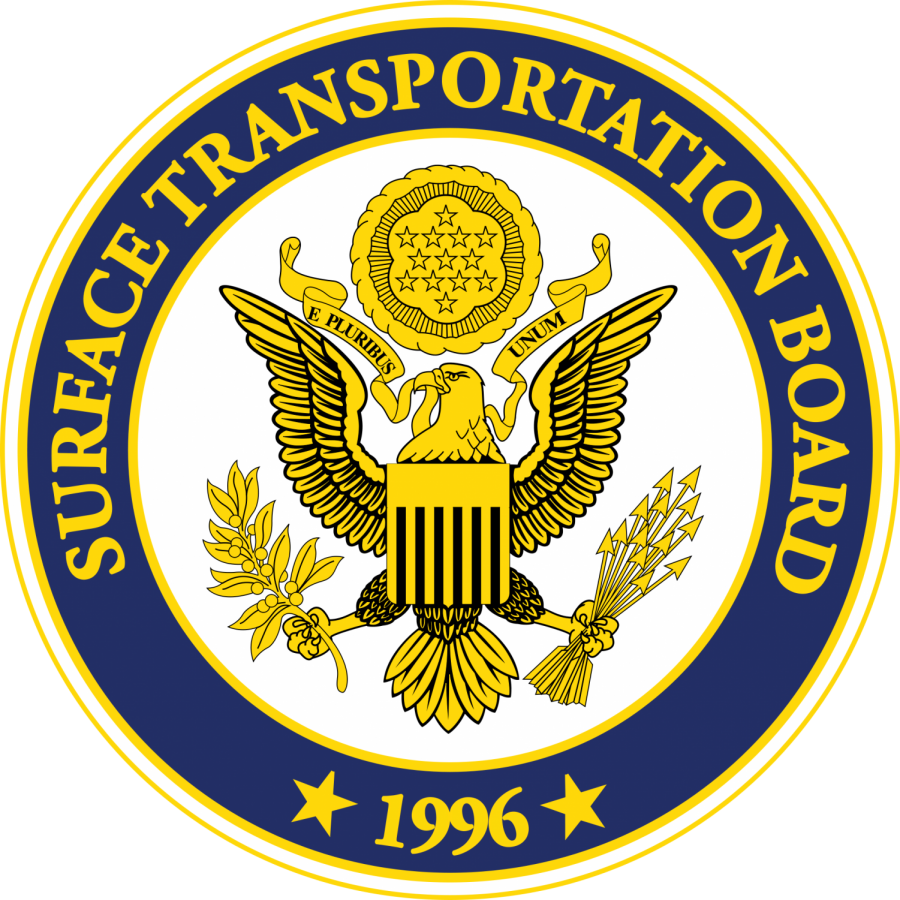Surface Transportation Board Considering More Railroad Regulations
With the passage of the Staggers Act in 1980, freight railroads were no longer subject to the arbitrary regulations and oversight from the Interstate Commerce Commission, finally being allowed to set their own rates without interference from the government.
The results of the legislation were immediate. Over the next ten years, the cost of operating and maintaining railroads was halved. Railroad profits began to climb. Rates decreased to the tune of 51 percent, and railroads invested over 480 billion dollars in upgrading and building new infrastructure. The Staggers Act was a success.
But some are concerned that the Surface Transportation Board might be forgetting the lessons learned since 1980. The STB is considering rules that could force railroads to allow their competitors access to their trackage, in addition to imposing new rate controls.
Railroads, businesses, and concerned citizens take issue with the proposed rules, however.
Considering that the operation and support of Class I railroads in the United States (the largest railroads in the county, handling the majority of rail traffic) supports over 1.5 million jobs, paying 65 percent more on average in wages and benefits than the average U.S. employee and generates 273.6 billion dollars in economic output, the threat of new regulations is concerning to industry experts.
A report published by the Small Business and Entrepreneurship Council ound that in all but one of 13 industries directly impacted by railroads, the majority of firms are small businesses employing under 20 people, ranging from 51 percent in the warehousing and storage sector to 93 percent in agriculture. In all of the sectors, firms with less than 100 employees make up at least 69 percent of employer firms, up to 99 percent in construction.
Small business are not well suited to excessive government regulation and price setting. Many companies shipping by rail would struggle under price increases, and possibly shift to truck transportation to keep costs down.
That’s a problem not only for railroad companies, but for everyone in the United States. Rail transportation is the most energy and emissions efficient mode of transportation in the United States. Thanks to steel rails and wheels, trains have less friction resistance than trucks, and rails don’t deform and create depressions like asphalt and concrete roadways. The rolling resistance of trains is also much less, as a single train can be over two miles long. A single truck can legally only carry up to 53 feet in most parts of the country.
And finally, the fuel consumption of trucks is exponentially greater than trains. A train can move a ton of freight 450 miles using only one gallon of fuel, compared to 6.5 miles for a truck. The environmental benefits to shipping via train are significant in comparison to trucks.
So as the STB goes to consider new regulations, it’s important to consider the impacts not only to the railroads and our stock portfolios, but also the economy as a whole. And it’s important to remember the economic benefits that were realised with the deregulation of the railroads thanks to the Staggers Act. Let’s not undo the progress we’ve made.






![During a CET rehearsal of the number “A Call to Pierre,” various members in the ensemble, including Maggie Williams, hold up titan tubes. Various people in the ensemble held titan tubes during some numbers in the show, and did basic choreography with them, using the lighting for emphasis. “[Having titan tubes] is a super cool addition to the show,” Williams said.](https://chscommunicator.com/wp-content/uploads/2024/04/67FXGPwwRSi7VlvWUvKuzOOZ2VN2lueTvbEBAWRQ-600x482.jpg)








Najma Qureshi • Aug 17, 2018 at 2:49 am
Great content. Thanks for sharing. Railroad regulations are the ones that are important for the impact on the stock and the economy as a whole.
Najma Qureshi • Jun 7, 2018 at 7:19 am
Thanks for informing us about these regulations. Many large enterprises are facing the difficult decision of either postponing deliveries or paying a premium to get their highest-priority shipments out on time.